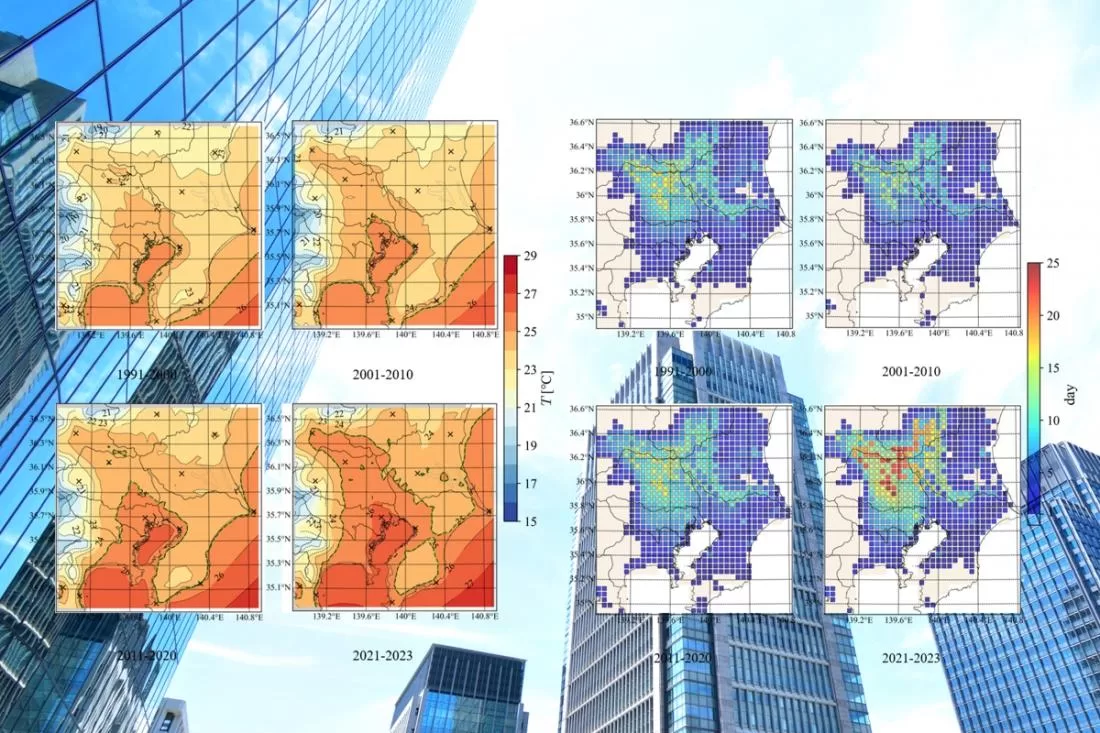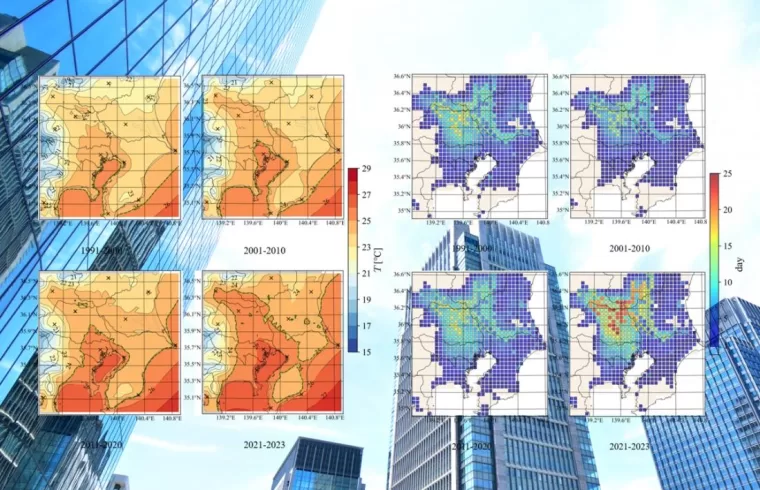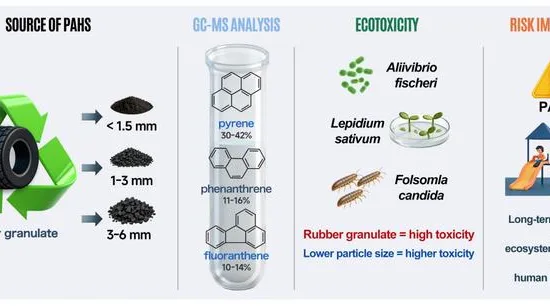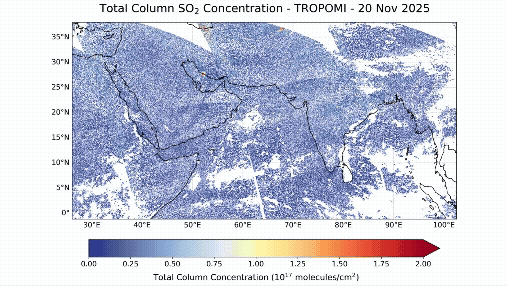|
Getting your Trinity Audio player ready...
|

Tokyo, Japan — As global climate change intensifies, densely populated cities like Tokyo are experiencing increasingly higher temperatures, posing serious health risks to residents.
Despite the urgency of mitigation, urban planners have long struggled to pinpoint the most affected areas due to the lack of fine-scale, long-term climate data.
A recent study published in Sustainable Cities and Society introduces a groundbreaking method developed by researchers at UTokyo-IIS, offering a new way to reconstruct hourly changes in urban air temperature.
By fusing regional climate datasets with 30 years of weather station observations—including surface air temperature and vapor pressure—scientists have created a high-resolution model that captures the complex microclimates shaped by trees, buildings, and parks.
Lead author Xiang Wang explains, “Traditional climate data doesn’t reflect how people actually experience heat in urban environments. Our fusion approach reveals a detailed picture of how heat and humidity have evolved across Tokyo and its suburbs.”
The study found that average daytime temperatures have risen by over 1°C, while nighttime summer temperatures in central Tokyo have increased by 2°C.
More alarmingly, the number of extremely hot days (above 40.6°C)—defined using a heat index that includes humidity—has more than doubled since 2021, compared to the 1990s. This surge is linked to urban expansion and the spread of impervious surfaces.
Areas like Kumagaya, northwest of central Tokyo, showed even greater vulnerability, with a marked rise in extreme heat days after 2011. “Our study clearly identifies where, when, and by how much temperature and humidity have increased over the past three decades,” says senior author Hideki Kikumoto. “The rise in nighttime temperatures is especially concerning for public health.”
While the fusion method offers a powerful new lens for analyzing urban climate shifts, researchers note that further refinement is needed. Accuracy varied across observation sites, and some local features—such as parks or building density—remain difficult to fully capture.
Still, the team hopes this model will serve as a scientific foundation for urban planners, helping guide targeted heat mitigation strategies and adaptation policies to improve livability for Tokyo’s current and future residents.







